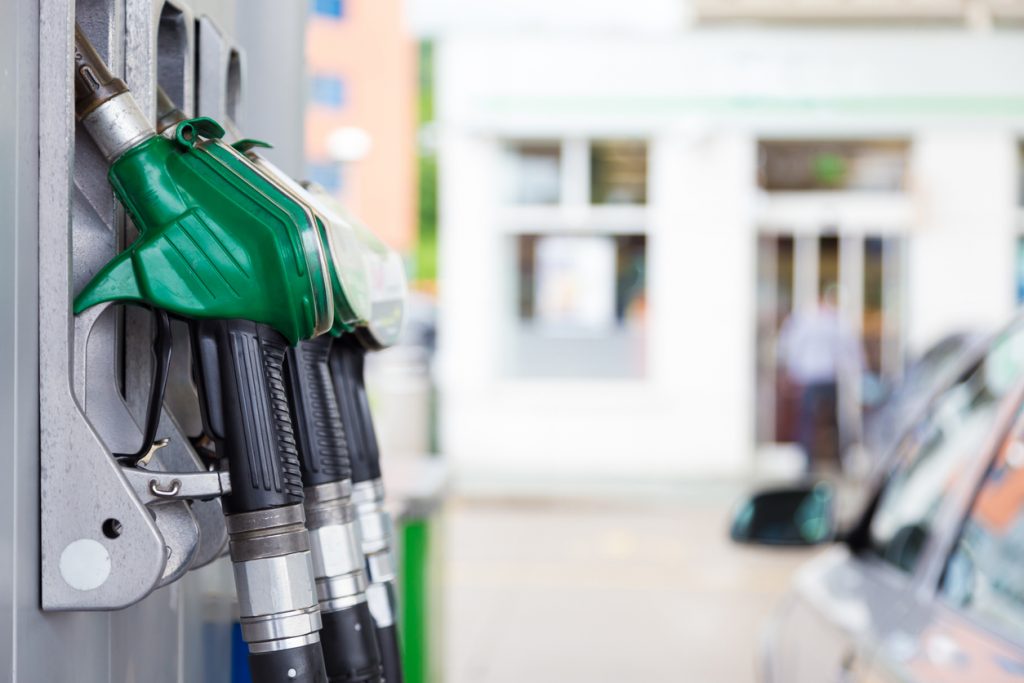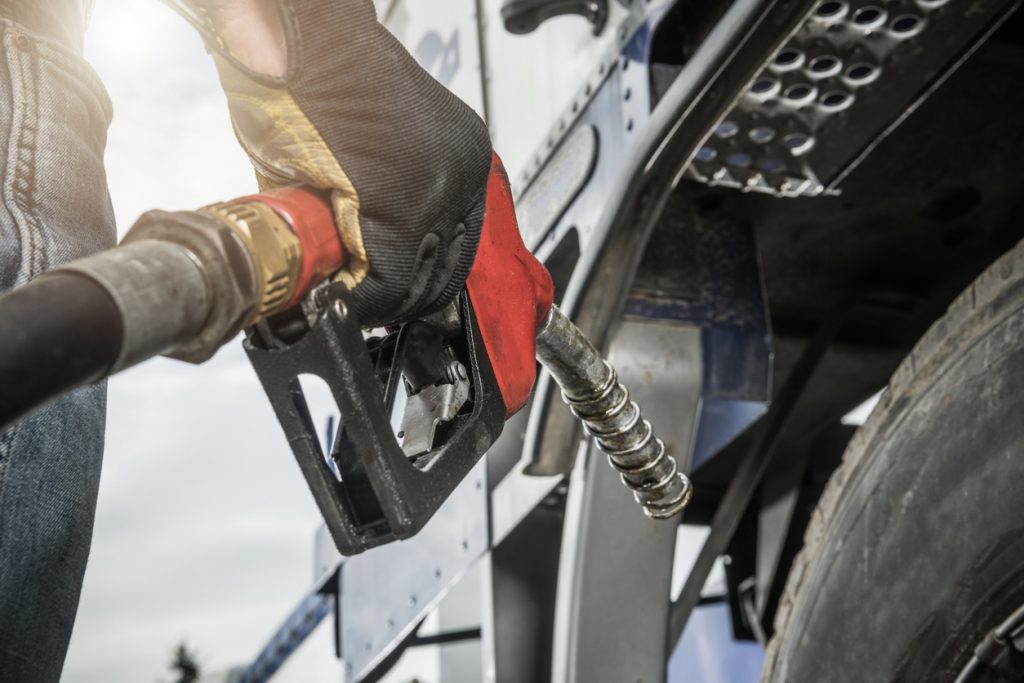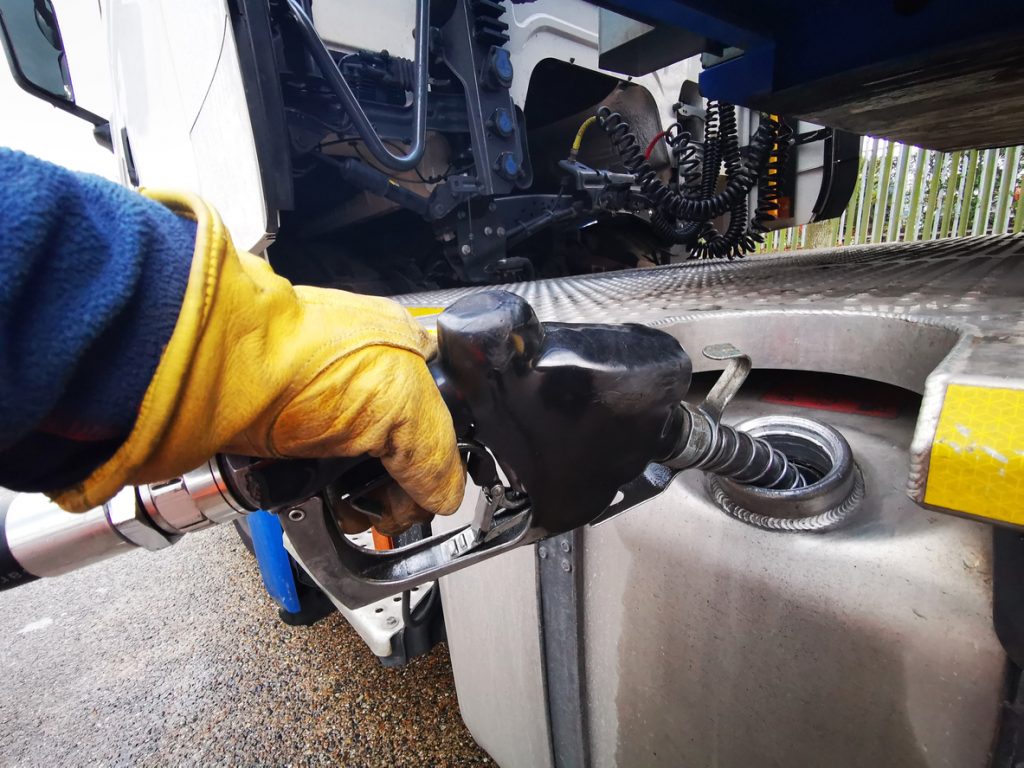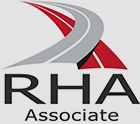Safe Refuelling Checklist
Having safe and secure on-site fuel storage and dispensing equipment is essential for efficient fleet management, but it’s also important that employees are trained in safe refuelling procedures. Refuelling is a common but potentially dangerous task, and when handled or stored incorrectly, petrol and diesel can pose a risk to your equipment, vehicles and employees. Today, we’re going to discuss safe refuelling for fleets in more detail and find out why it’s so important.

Why is Safe Refuelling Important?
Many of us use petrol so frequently in domestic and workplace settings that it can be easy to forget that it is a hazardous substance if treated incorrectly. Petrol is a highly flammable, volatile liquid that can easily ignite if caught by an ignition source like a running engine, a lit cigarette or a static spark. Once ignited, petrol can either cause a fire, an explosion or both.
Whilst breathing in a small amount of petrol vapour (for example, the petrol vapour in the air when you refuel) is unlikely to cause harm. Large amounts of inhaled petrol fumes can cause feelings of drunkenness, asphyxiation, headaches, drowsiness and even cause organ damage or a heart attack. Ingested petrol can lead to nausea, vomiting, and damage to the lungs and airways. Repeated exposure to bare skin can result in Dermatitis (eczema).
Similarly, diesel should be treated with care when refuelling. Whilst it is not as flammable as petrol, it is still considered a highly flammable substance and will provoke similar reactions if inhaled or ingested.
If you and your drivers follow a safe refuelling checklist every time you refuel your vehicles and you keep your fuel management systems in good order, you will mitigate these risks, and no one will come to any harm.

Safe Refuelling Checklist
More often than not, issues like fires and explosions at vehicle refuelling points occur because someone did not follow the correct processes when refuelling. Therefore, all drivers should take precautionary measures when refuelling to ensure they do not place themselves, equipment, or anyone else at risk.
Vehicles Should Not Be Refuelled Inside a Building
This mainly applies to vehicles that are refuelled manually using a jerry can rather than petrol or diesel fuel pumps. Vehicles should always be refuelled outside and never in an enclosed space where there is more likely to be flammable materials around, and the risks of an explosion are greater.
Park and Switch Off The Engine
The driver should pull up to the dispending pump, park, shut down and secure the vehicle. No matter how large or small, vehicles and equipment should never be refuelled whilst the engine is running.
Allow The Engine to Cool
Particularly on a hot day, engines and catalytic converters should be allowed to cool before refuelling to reduce the risk of the fuel catching fire.
No Smoking Or Open Flames
It goes without saying that drivers should not smoke whilst refuelling their vehicles. No source of ignition – which includes cigarettes and lighters – should be permitted with 7.5 metres of the refuelling station at any time. This includes near fuel storage tanks.
Only Used Approved Equipment
Only approved pumps, hoses and nozzles should be used. Suppose you’re refuelling on-site from professionally installed fuel dispensing systems. In that case, you should be fine – however, you should not use fuel dispensing equipment that has any noticeable damage to it or appears to be leaking in any way.
Avoid Spillages and Address Quickly When They Happen
Spillages should be avoided wherever possible; however, if you spill petrol or diesel outside of your vehicle’s tank, you should stop the flow of fuel immediately, contain the spillage and clean up promptly using sand or another suitable absorbent compound.
Avoid Filling The Tank Fully
It is not recommended to fill your tank with fuel fully, and a small amount of space should be left to account for expansion as the temperature rises – which it will when you run the engine. 95% full is a good guideline for most vehicles’ fuel tanks, however, on very hot days, you may want to allow more room than this.
Remain Alert
Drivers should remain alert and ready to act whilst refuelling – concentrate on the task at hand and do not try to complete other tasks whilst refuelling, like using a mobile phone. If you are distracted whilst refuelling, you may not notice a spillage or leak that could be detrimental in the future.
Alongside the process of safe refuelling, you should also ensure your site has an adequate number of working fire extinguishers. A filled, operable fire extinguisher should always be available in the refuelling area.








